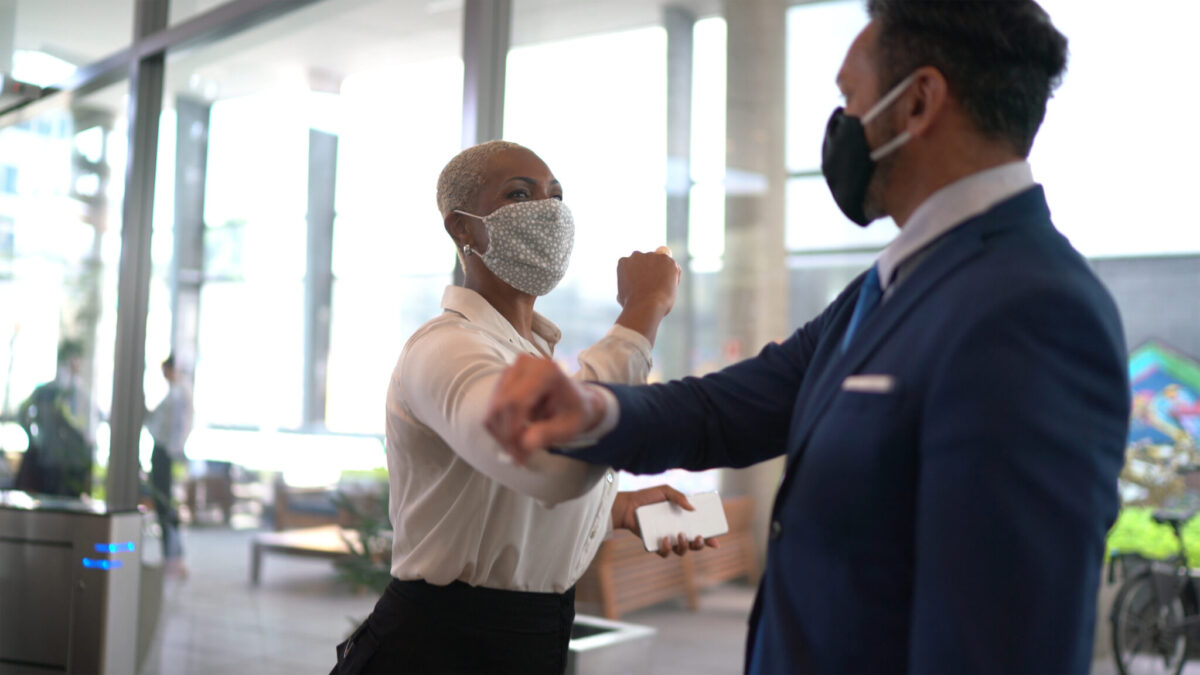
Employers and employees continue to navigate ever-changing safety policies and work arrangements following the effects of the pandemic. Today, Qualtrics research shows 93% of employees say the way we work has “fundamentally and forever” changed, to the point that workers are eager to erase “the new normal” from their vocabularies.
Workers are now prioritizing their health—both physical and mental—when considering where they want to work and the expectations they have of their employers. Nearly 3 in 4 employees say workplace health and safety are a top concern when deciding where to work. Not only that, workers are burnt out—58% say their job is the main source of their mental health challenges—and eager for more flexible work options to find more balance between their work and personal lives.
Data has shown time and again that happy and healthy workers lead to better business outcomes. Promoting well-being at work has proven to not only improve employee productivity, profitability and engagement, but also reduce medical costs and lower absenteeism.
As more companies reopen physical office spaces and decide how they’ll approach hybrid and remote work, here are four effective solutions leaders can implement to help their employees feel safe, healthy, engaged and supported at work.
Establish clear lines of communication
Managers have a critical role to play in addressing the mental health crisis, as people look to their leaders for guidance and support. More than half (58%) of workers are comfortable with their manager proactively engaging them about their mental health, and 41% want their manager to proactively ask them. By regularly communicating with workers with empathy and transparency, leaders can help foster resilience and ensure employees have what they need to remain productive and successful.
Provide options for giving feedback
Companies that want to understand how workers feel about a range of topics—anything from how safe they feel working in a physical office to what benefits they think would best support their mental health—should cultivate a strong, continuous feedback loop. It can help company leaders better understand employee needs, pinpoint critical experience gaps and determine where and when to take action in real-time.
Qualtrics’ safety and well-being at work solutions offer employers a science-backed approach to identifying the most impactful drivers of employees’ sense of workplace safety and overall well-being. By leveraging experience data—how employees think and feel about work—leaders can understand the shifting needs and expectations of their unique workforce to inform strategies that will bring real change.
Remedy issues
When people managers have a better understanding of emerging issues, they can provide meaningful support. Employers can use these deeper insights, fostered by the feedback loop and regular communication, to create and improve programs and services so they better reflect employees’ interests and needs.
Offer more flexible work options
Everyone has their own definition of what “flexibility at work” looks like. Qualtrics research found the top three ways employees define flexible work are: choosing which hours of the day they work, choosing which days of the week they work and the ability to work remotely from any location. But for others, flexibility also means being able to take a vacation whenever they want or run errands in the middle of the day without fear of retribution.
Remote work has been a catalyst for growing conversations around flexibility at work. For instance, the same study found that remote workers have done their jobs from everywhere: a bathtub, a Starbucks drive-through, a nail salon, a city bus, the beach and even an amusement park. Some feel so strongly about remote work that 34% of employees would be willing to take a 5% pay cut or more to work remotely indefinitely.
However, this approach might not work for every employee and company. That’s why it’s so important for company leaders to continually ask for feedback on what will help their employees feel most supported and successful at work. For some people, that will be from a traditional office. For others, that may be from their couch with their pandemic pet.
As a unified strategy, greater focus from leadership, real-time insights from employees and smart technology can help boost morale and improve mental well-being in the lives of employees everywhere.
The post 4 ways to enhance employee safety, health and well-being in 2022 appeared first on HR Executive.
